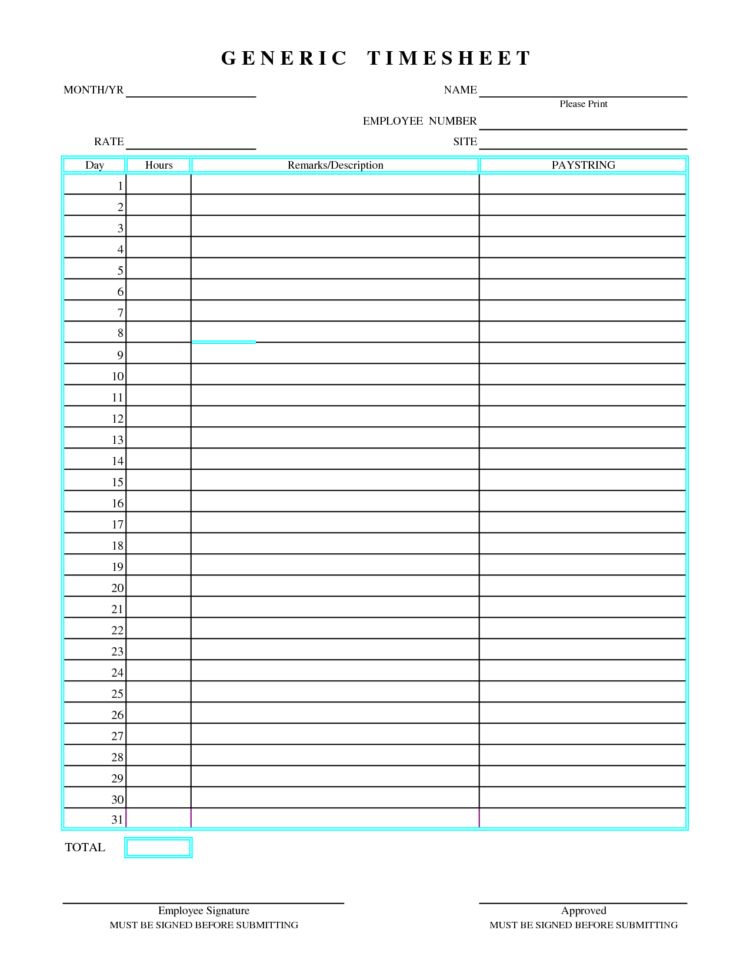Managing invoices and tracking time can be a daunting task for businesses, especially those that rely on billable hours. This is where an invoice timesheet comes into play, offering a comprehensive solution to streamline the billing process. In this article, we will explore the benefits of using an invoice timesheet, how it works, and why it is essential for businesses of all sizes.
What is an Invoice Timesheet?
An invoice timesheet is a tool that allows businesses to record and track the time spent on various tasks or projects. It serves as a detailed record of the hours worked by employees or contractors, which can then be used to generate accurate invoices for clients. This helps businesses maintain transparency and ensures that clients are billed correctly for the services rendered.
Invoice timesheets typically include information such as the date, duration, and description of each task or project. This allows businesses to have a clear overview of their work and helps in identifying any discrepancies or delays that may occur. By using an invoice timesheet, businesses can streamline their billing process, improve accuracy, and ultimately enhance their financial management.
How Does an Invoice Timesheet Work?
The process of using an invoice timesheet is relatively straightforward. Here is a step-by-step guide:
- Create a timesheet template: Start by creating a timesheet template that suits your business needs. Include necessary fields such as employee name, project/task details, date, duration, and description.
- Record time: Have employees or contractors fill out the timesheet by recording the time spent on each project or task. They should accurately input the start and end time, total hours worked, and a brief description of the work done.
- Review and approve: Managers or supervisors should review the timesheets to ensure accuracy and completeness. Any discrepancies or missing information should be addressed before proceeding.
- Generate invoices: Once the timesheets are approved, the recorded hours can be used to generate invoices for clients. This can be done manually or by using accounting software that integrates timesheet data.
- Send invoices: Send the invoices to clients, ensuring that they reflect the recorded hours accurately. Include any additional charges or expenses if applicable.
- Track payments: Keep track of payments received from clients and reconcile them with the invoices issued. This will help in managing cash flow and identifying any outstanding payments.
By following this process, businesses can effectively track and manage their billable hours, ensuring timely and accurate invoicing.
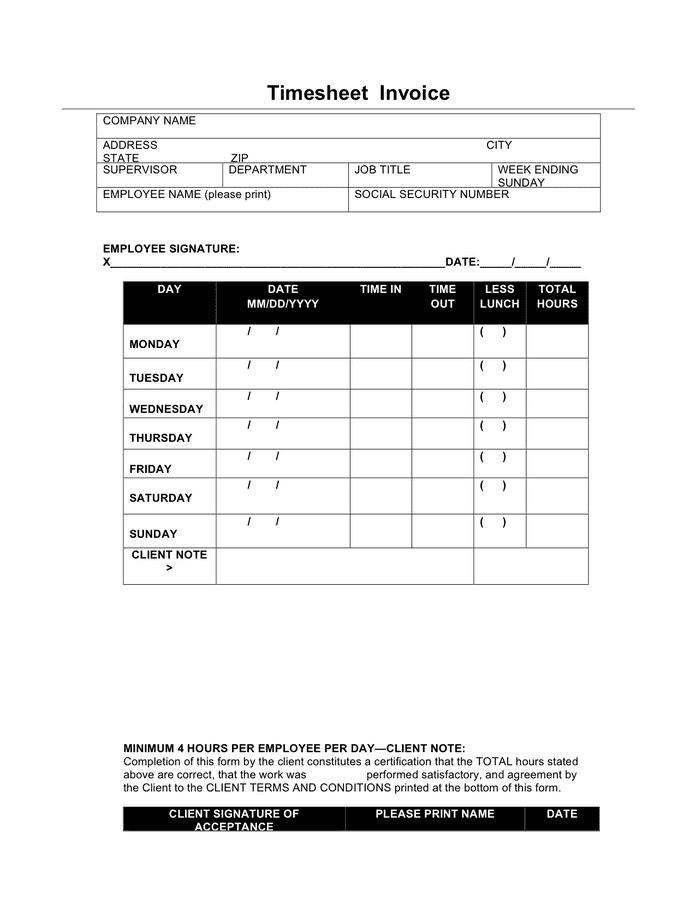
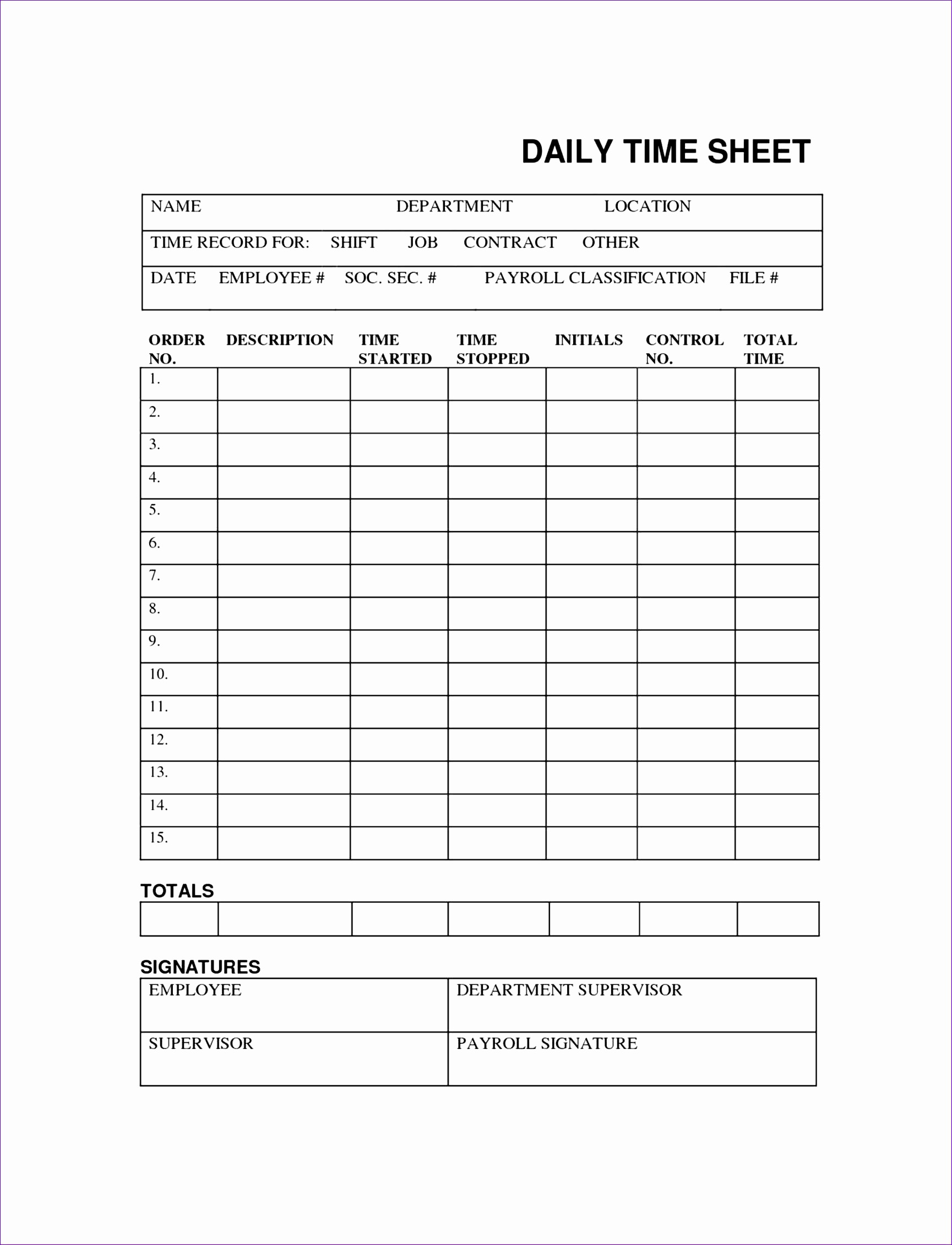
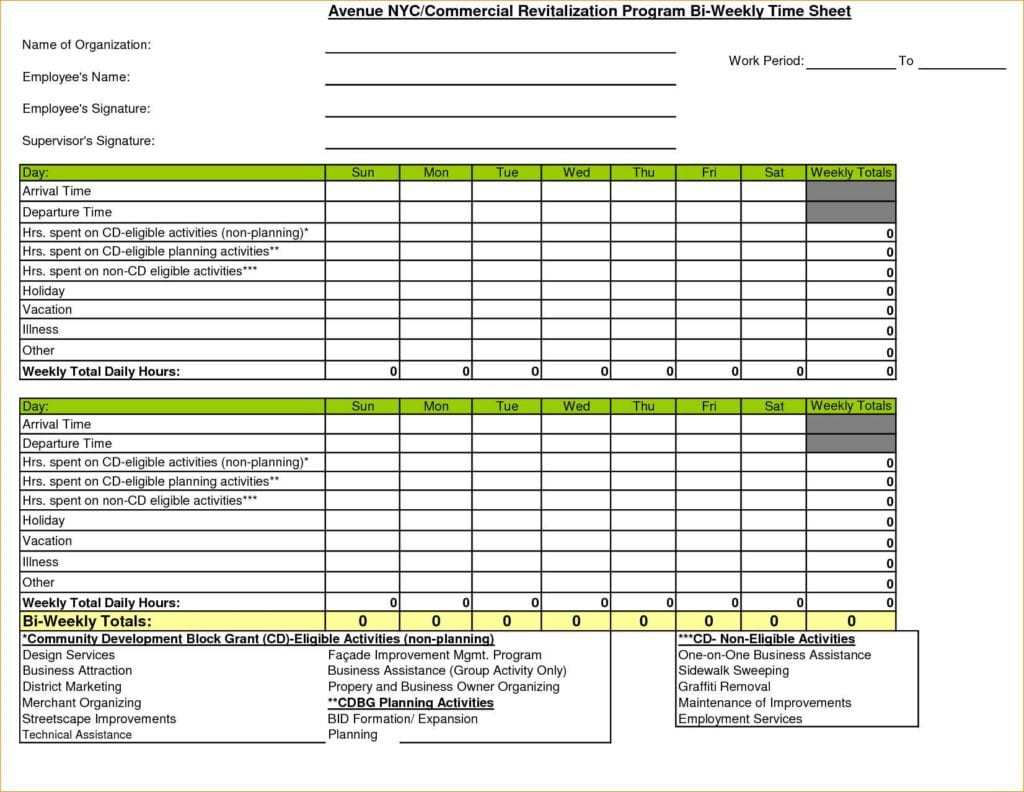
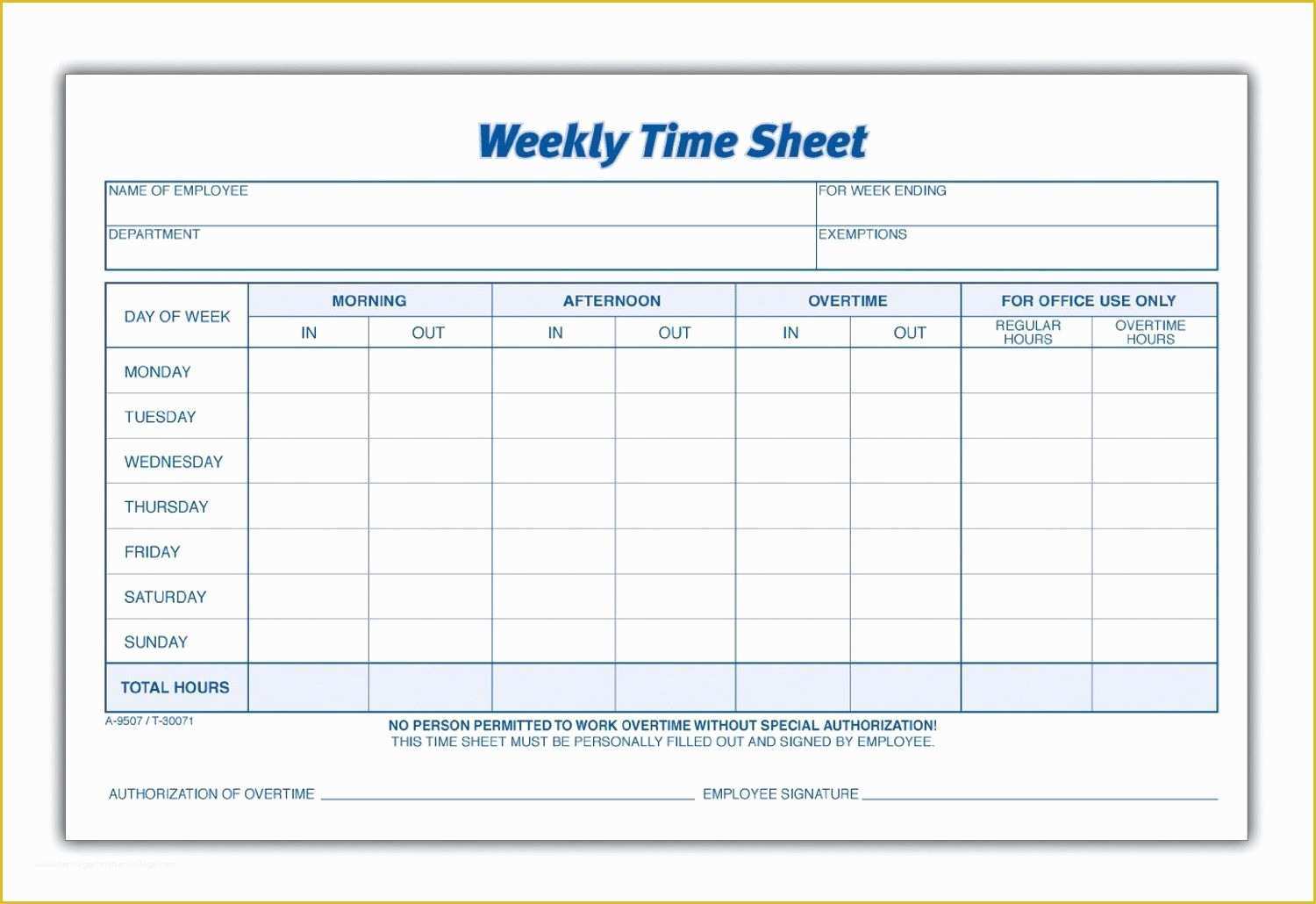
Why Should You Use an Invoice Timesheet?
Using an invoice timesheet offers numerous benefits for businesses. Let’s explore some of the key reasons why you should consider implementing this tool:
1. Improved Accuracy
An invoice timesheet eliminates the guesswork and ensures accurate billing. By recording and tracking time systematically, businesses can avoid overbilling or underbilling their clients. This helps in maintaining trust and credibility with clients, leading to long-term relationships.
2. Streamlined Billing Process
Manually creating invoices can be time-consuming and prone to errors. With an invoice timesheet, businesses can automate the billing process by using the recorded hours to generate invoices. This saves time, reduces administrative tasks, and allows businesses to focus on more critical aspects of their operations.
3. Enhanced Productivity
Using an invoice timesheet encourages employees to be more mindful of their time and productivity. When employees know that their hours are being tracked, they are motivated to stay focused and complete tasks efficiently. This can lead to improved productivity and overall business performance.
4. Better Project Management
An invoice timesheet provides valuable insights into how time is allocated across different projects or tasks. This helps in resource allocation, identifying potential bottlenecks, and optimizing workflow. By having a clear overview of the time spent on each project, businesses can make informed decisions and improve project management.
5. Accurate Financial Reporting
Accurate financial reporting is crucial for businesses to make informed decisions and assess their financial health. By using an invoice timesheet, businesses can generate detailed reports on billable hours, revenue, and expenses. This data can be used for budgeting, forecasting, and analyzing the profitability of different projects or clients.
6. Client Satisfaction
Using an invoice timesheet demonstrates professionalism and transparency to clients. Clients appreciate receiving accurate and detailed invoices that clearly outline the work performed. This helps in building trust and maintaining strong client relationships.
7. Legal Compliance
For businesses that operate in industries with strict regulations, an invoice timesheet can help ensure legal compliance. By accurately tracking and documenting hours worked, businesses can provide proof of work done and comply with labor laws or contractual obligations.
Conclusion
An invoice timesheet is a valuable tool for businesses looking to streamline their billing process, improve accuracy, and enhance productivity. By implementing an invoice timesheet, businesses can effectively track and manage their billable hours, leading to better financial management and client satisfaction. Consider using invoice timesheet software to automate the process and further simplify your invoicing tasks.
Invoice Timesheet Template Excel – Download
